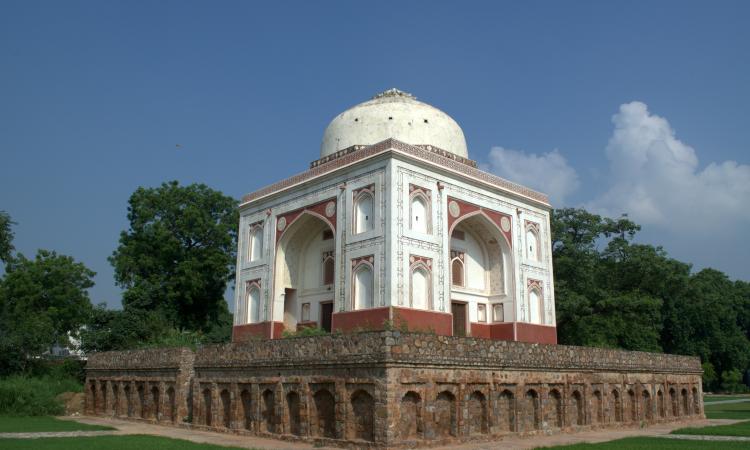
Delhi claims that it is one of the world's ‘green cosmopolitans’ because of the 20% of green cover it has. However, the fact is that 200 full-grown trees die every year because of storms, water scarcity, disease and old age. A large number of New Delhi's neglected avenue trees are 80-100 years old, planted at the time the British built the capital. If the situation sounds hopeless, worry not because Sunder Nursery could be the city's saviour.
Sunder Nursery was established in 1913 to provide trees and plants (native and imported) for the new British capital. Formerly known as Azim Bagh, it is located north of the 16th century World Heritage Site of Humayun’s Tomb and an even older settlement, Nizamuddin Basti. It was taken over by the CPWD in 1945 and currently houses the largest collection of tree species, 150 in number, found in Delhi and is also an important bird habitat.
It is being developed as an urban park cum nursery to showcase and protect its ecological (flora & fauna) and historical heritage under a multi-pronged rehabilitation and conservation programme. Along with Humayun’s Tomb and Hazrat Nizamuddin Basti, Sunder Nursery covers an area of over 200 acres. The public-private initiative, which is a micro-habitat zone/arboretum will simulate a microcosm of Delhi’s fast disappearing biodiversity including kohi (hill), khadar (riverine), bangar (alluvial) and dabar (marshy) zones.
An additional 100 native tree species will be re-introduced here shortly. Trees, birds and butterflies will be mapped so as to protect and assess the existing biodiversity. It is home to nine Mughal period structures and the grand Mughal Azimganj Serai adjoining it on the north; all structures are undergoing conservation measures.
Rapid urbanization has so far spared over 27-hectares of green area in the Sundar Nursery. The Central Works Department, Aga Khan Foundation and Archaeological Survey of India have come together to turn the 70-acre nursery into a cultural and ecological asset. Showcasing the splendours of Sunder Nursery's trees, plants, birds and monuments through educational programmes, the experience is educative, informative and enjoyable. The aim is to connect residents and visitors to their natural and cultural heritage.